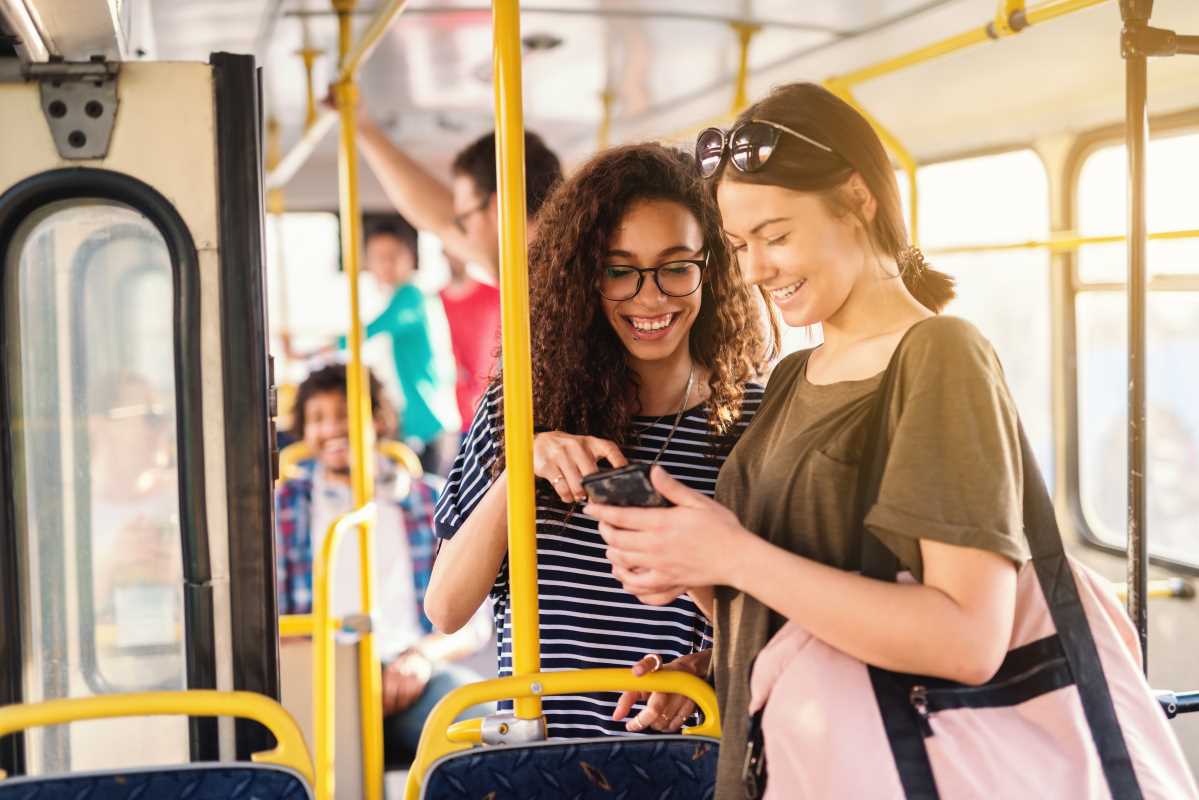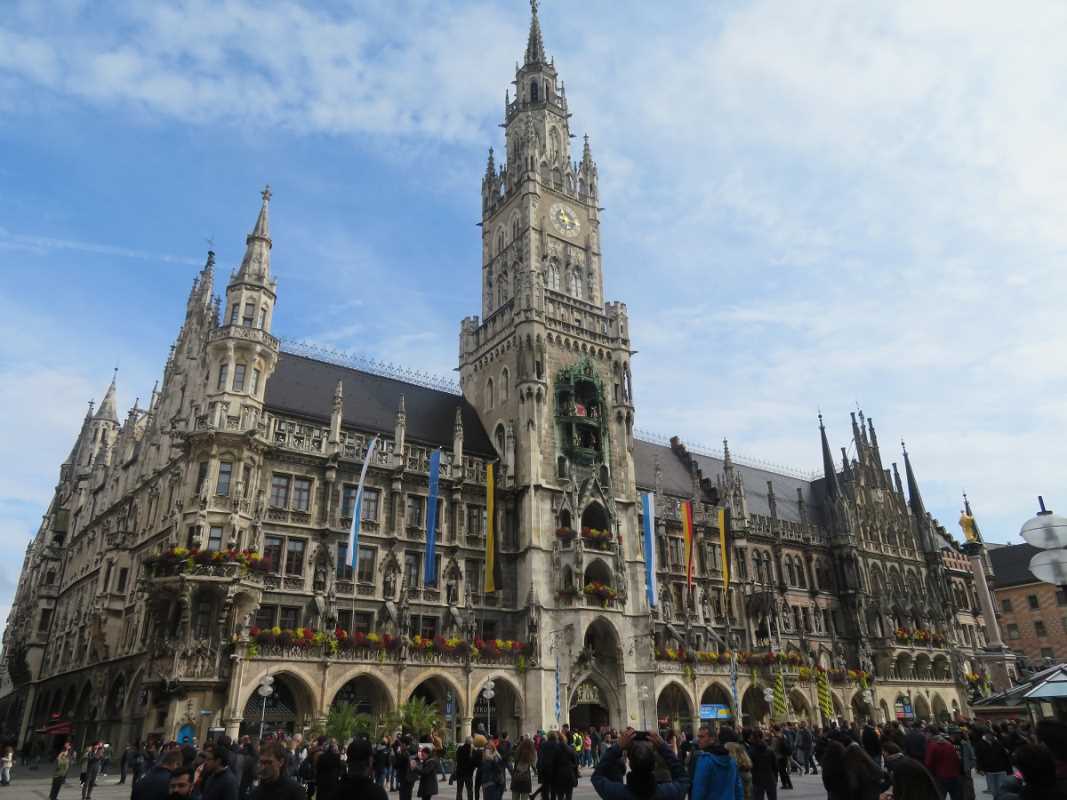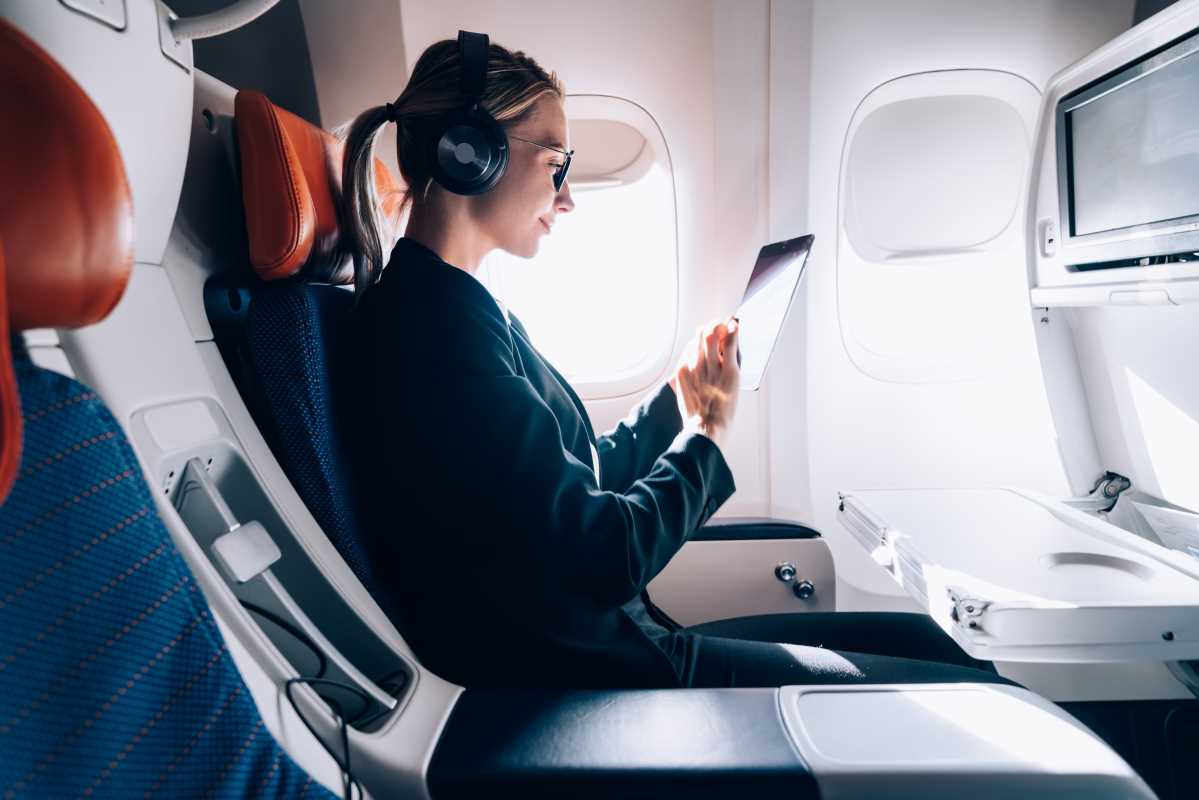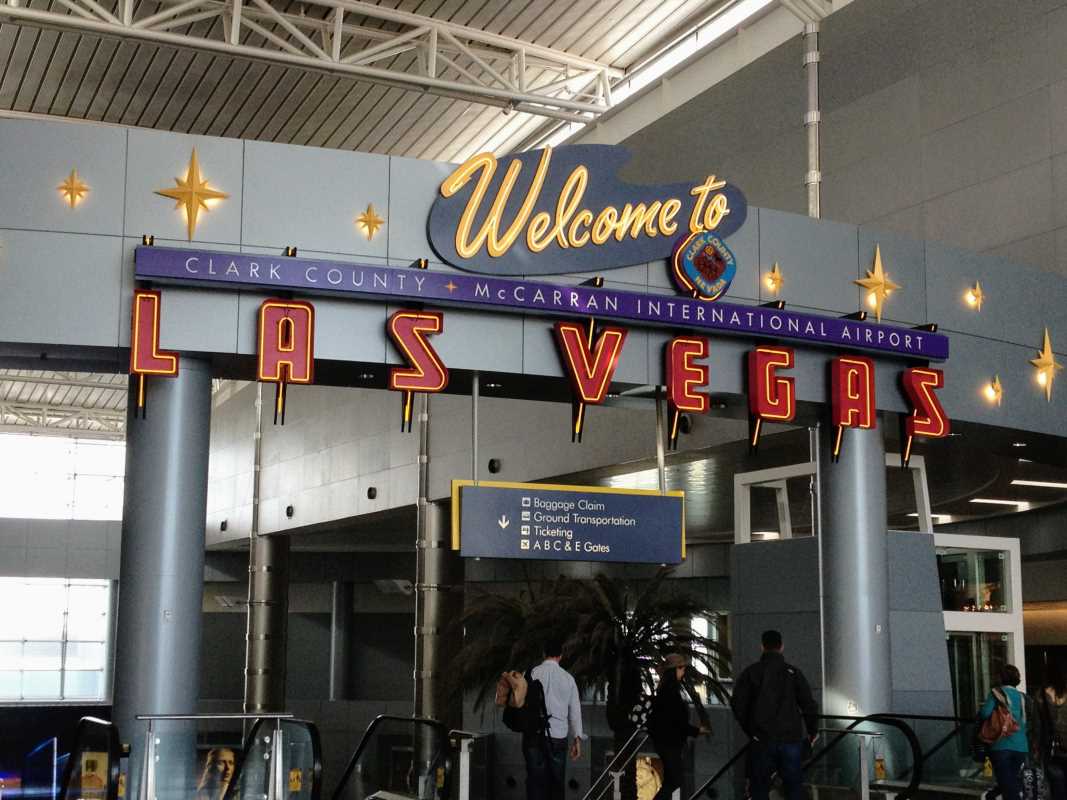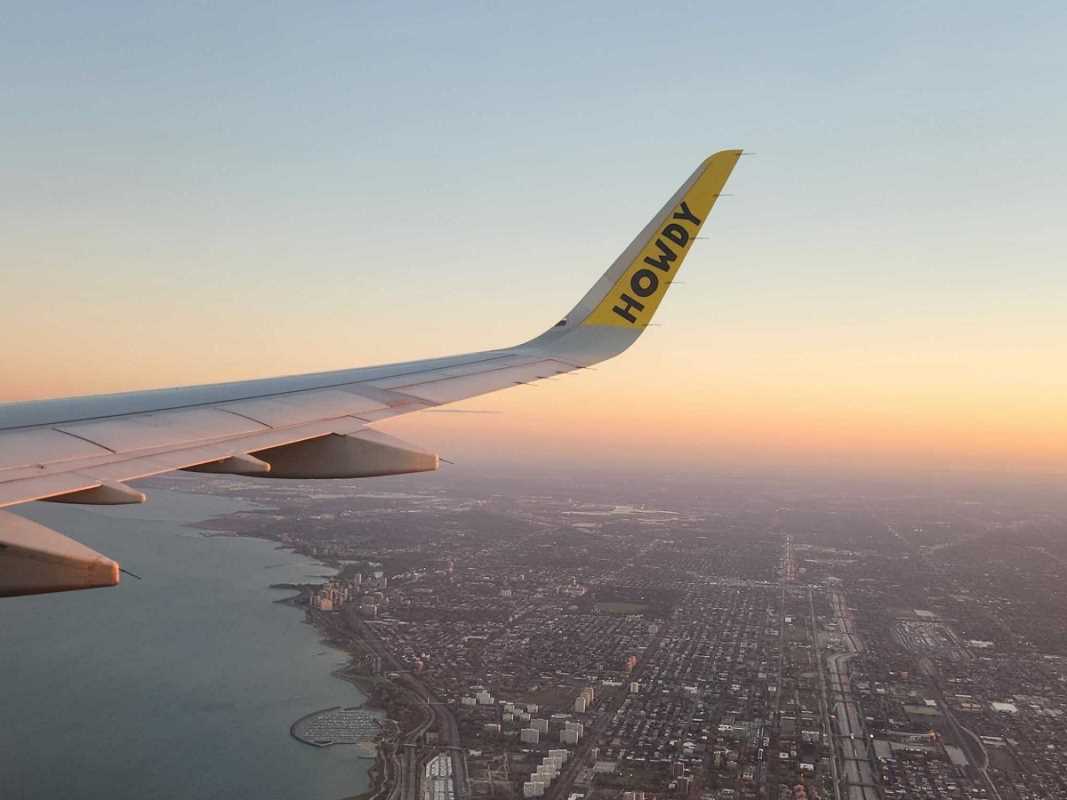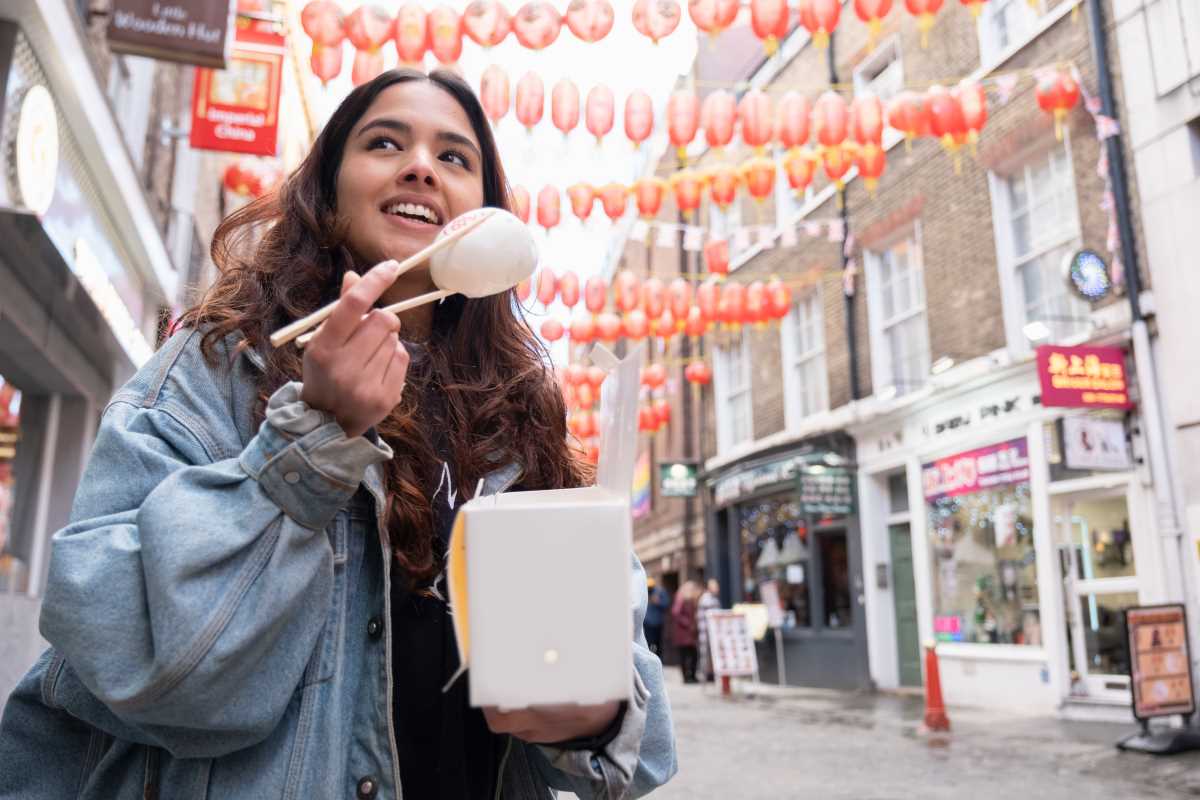I’ll admit it—when I first started traveling, public transportation totally intimidated me. Maps looked like spaghetti, announcements flew by too fast, and I once got off two stops too early because I panicked. But I’ve come to love the thrill of figuring it out over time. Public transit is not only cheaper than taxis or ride-shares, but it also gives you a chance to see a destination like a local. If you’re new to buses, subways, and trams, don’t stress! I’ve got all the tips you need to master public transportation like a pro.
1. Research Before You Go
Preparation is key! Before leaving home, spend a little time researching the public transportation system at your destination. Look up:
- Routes and lines: Get familiar with major routes or lines you’ll be using.
- Ticketing systems: Some cities use contactless cards, apps, or even good old-fashioned tokens.
- Operating hours: Public transit doesn’t always run 24/7, so double-check the schedule.
I like to download official transit apps or check Google Maps for live updates. Having a rough idea of how things work will make your first trip much smoother.
2. Always Carry Small Change or a Transit Card
In many cities, cashless payments are the way to go. Investing in a transit card, like an Oyster card in London or a MetroCard in New York City, can save you time and money. These cards usually offer discounts compared to buying single tickets.
But if transit cards aren’t an option, always carry small bills or coins. Some buses only accept exact fare, and trust me, there’s nothing more awkward than holding up a line while you dig for change!
3. Know Your Stop Before You Board
One of the easiest ways to get overwhelmed on public transportation is not knowing when to get off. I always check my route ahead of time and memorize the name of my stop. Bonus points if you know the stop before yours as a heads-up.
Apps like Google Maps are lifesavers—they’ll alert you when you’re approaching your destination. If you don’t have access to Wi-Fi or data, take a screenshot of the map and directions before you leave.
4. Ask for Help
Don’t be afraid to ask for help if you’re unsure! Locals are often happy to point you in the right direction. Look for someone who seems relaxed and approachable—maybe a fellow passenger or a station attendant.
I’ve even had strangers go out of their way to walk me to the right platform or stop. People are generally kinder than we expect, and asking questions is all part of the adventure.
5. Be Aware of Peak Hours
Public transportation during rush hour can be a wild ride. Trains and buses are packed, people are in a hurry, and it’s easy to feel overwhelmed. If possible, try to travel outside of peak times.
If you must travel during rush hour, prepare for crowds. Stand back from the doors to let people exit first, and don’t take up extra space with large bags. Pro tip: Hold onto a pole or strap if you're standing—sudden stops can send you flying!
6. Download Transit Apps
Transit apps are a game-changer. Many cities have their own apps that provide live updates on delays, routes, and schedules. Some even let you purchase tickets directly through the app.
Apps like Citymapper, Moovit, and Transit are fantastic for navigating unfamiliar systems. I also keep Google Maps handy—it’s great for public transit directions and tells you when the next bus or train is arriving.
7. Be Mindful of Local Customs
Every city has its own unwritten rules when it comes to public transportation. For example:
- In Tokyo, talking loudly or taking phone calls on the train is considered rude.
- In London, standing on the right side of the escalator is non-negotiable.
- You’ll get an eye roll in New York City if you move into the car and block the doors.
Observe the locals, and when in doubt, follow their lead. Respecting local customs will make your experience much smoother.
8. Pay Attention to Announcements and Signs
Transit systems often have signs and announcements to help guide passengers. In some places, these will be in multiple languages; in others, you might need to rely on symbols or numbers.
If you’re not sure what an announcement means, don’t panic! Look around—people usually react if something major is happening, like a delay or a change in the route. And if you miss your stop, it’s usually easy to backtrack.
9. Keep an Eye on Your Belongings
Pickpocketing can be a problem on public transportation, especially in crowded cities. I always keep my bag zipped and close to my body, and I never leave valuables in easy-to-reach places.
Consider using an anti-theft bag with locking zippers or hidden pockets for extra security. And if you’re traveling with a backpack, wear it on your front in busy areas.
10. Plan for Transfers
If your route involves transfers, take note of where and when they’ll happen. Some stations can be huge, with multiple levels and platforms, so give yourself plenty of time to find your way.
I usually check the station layout online if I know I’ll be making a transfer. If I have extra time, I love exploring the station—many are architectural masterpieces or have cool shops and food options.
11. Be Flexible and Patient
Public transportation isn’t always perfect. Trains run late, buses get stuck in traffic, and sometimes you’ll end up on the wrong route. When things go wrong, take a deep breath and roll with it.
Some of my favorite travel stories come from times I got lost or had to take an unexpected detour. These moments often lead to discovering hidden gems or having fun conversations with locals.
12. Practice Makes Perfect
The more you use public transportation, the more confident you’ll feel. Start with shorter trips to get the hang of things, and don’t be afraid to make mistakes.
Every transit system has its quirks, and half the fun is learning how to navigate them. With a little patience and a sense of adventure, you’ll be hopping on and off like a seasoned local in no time.
Public transportation doesn’t have to be daunting—it’s an adventure waiting to happen! With these tips in your back pocket, you’ll be ready to explore new cities, save money, and immerse yourself in the local culture. So grab a map, load up your apps, and let the journey begin!
